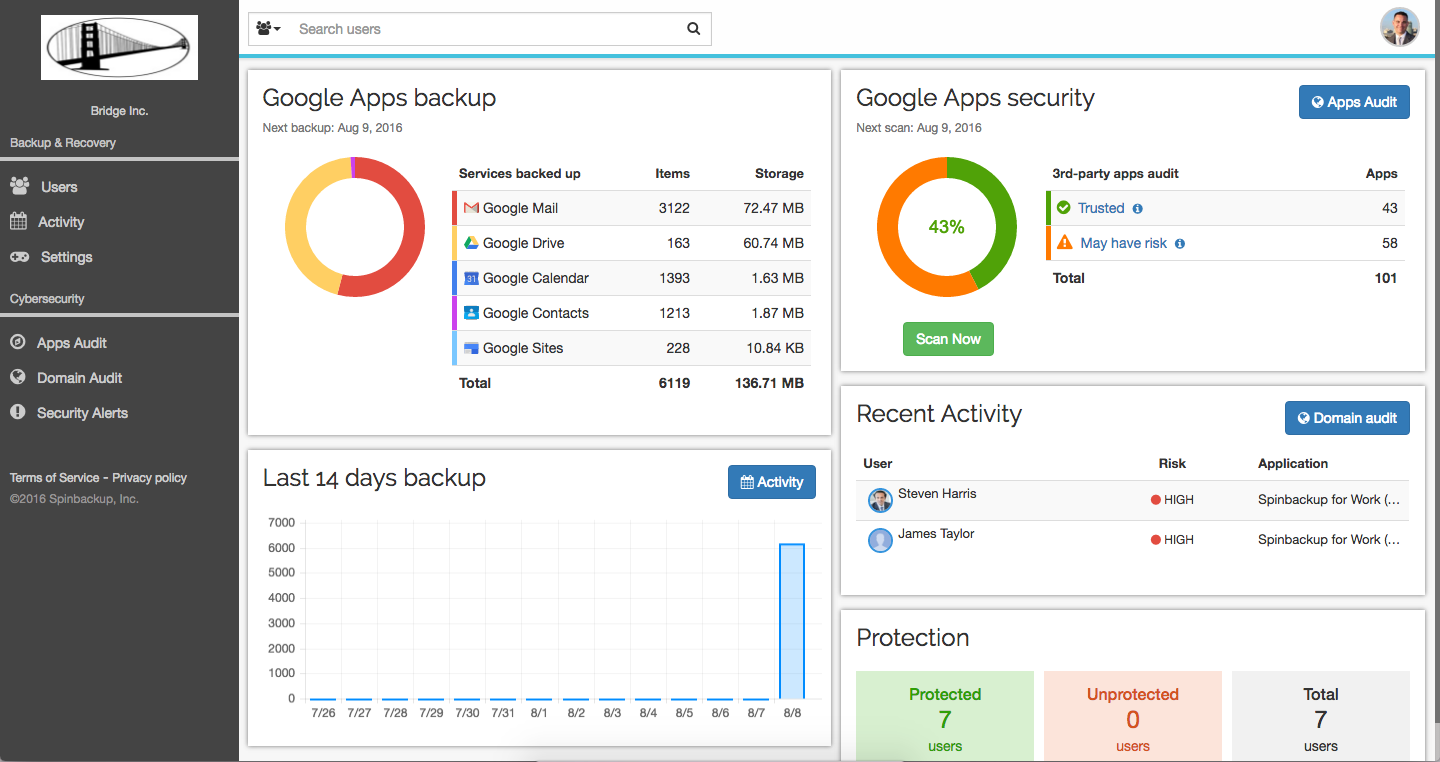

That last step is probably overkill for day-to-day use, but something worth considering for those once-in-a-lifetime travel adventures, which this was.


They were waiting for me when I returned. Rather than removing them from the camera’s memory card, I physically mailed each memory card home as it filled up. Given the importance of these photos, I took an extra step. Only then would I even consider removing the pictures from the camera’s memory card. 1 The photos were then in three places: the camera, the laptop, and the external hard drive. The laptop was backed up each night to an external hard disk.

After this step, the photos were in two places: in the camera and on my laptop.
At the end of the day, I copied those photographs to my laptop computer. I took photographs throughout each day. So I developed this technique to back up photos: When I went on an overseas trip some years ago, I realized the photographs I took would be the only truly irreplaceable thing should we run into trouble. The best approach to minimize the window of vulnerability is to copy those photos to something else as soon as is convenient. During that time, if you lose the camera, you lose all the photographs on it. It’s impractical to back up after every shot, so we do have to accept a window of time where there’s no backup at all. Back up photos on your digital cameraĪs soon as you take a picture or video with a digital camera, it exists in only one place: the original shot in the camera. Sensitive or confidential photos need extra consideration to prevent accidental exposure. And, of course, back up your PC, especially if it contains your photos. On smart devices, enable auto-upload to one of the many cloud storage providers to automatically back up all your photos there. As soon as is practical, make copies of the photographs stored on your camera or other devices.








 0 kommentar(er)
0 kommentar(er)
